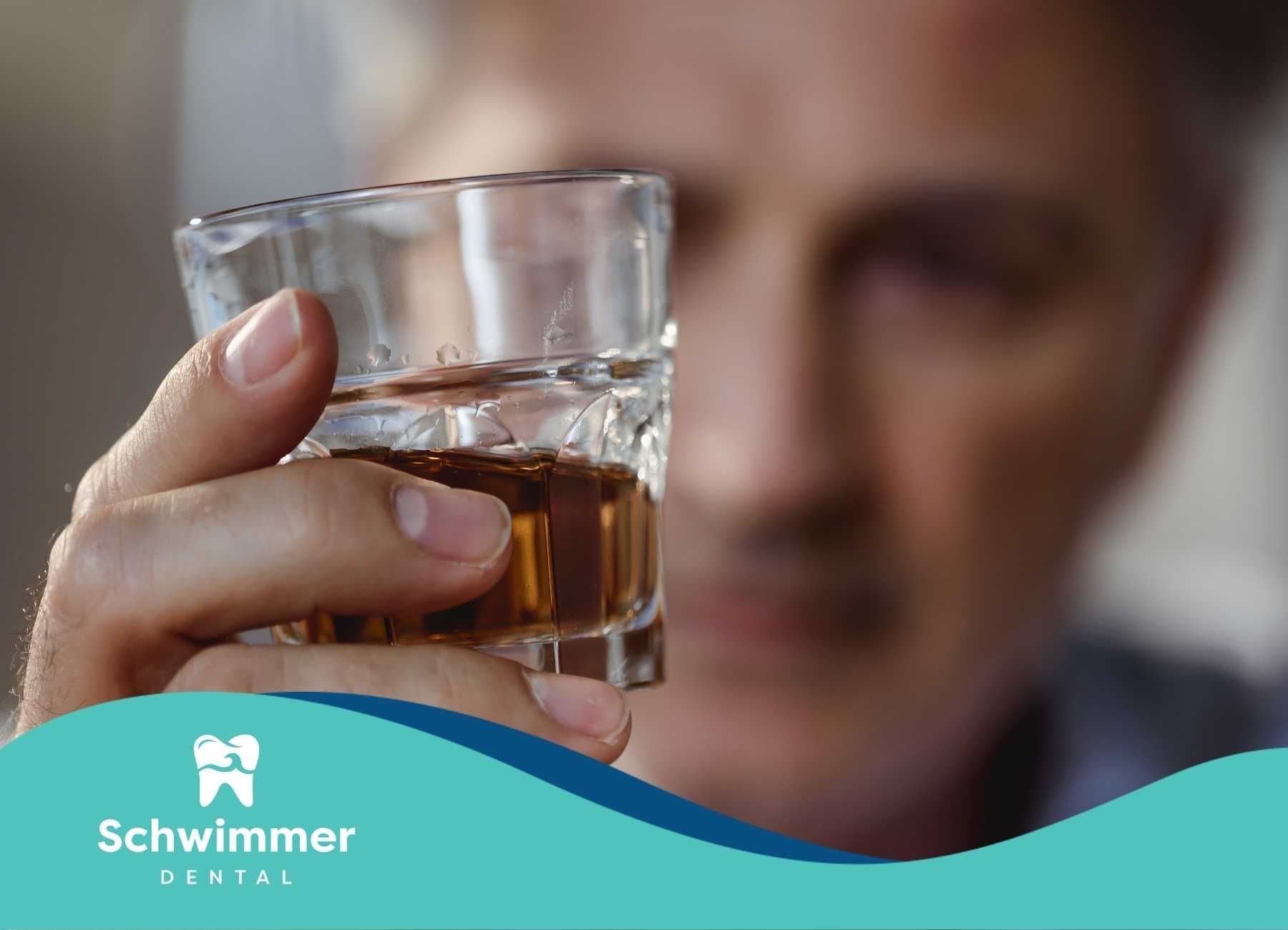How to Keep Gum Line Cavities Away for Good
As a dentist, one of the most common issues I see in patients of all ages is gum line cavities. These are cavities that form right where the tooth meets the gum. They might seem small at first, but they can lead to bigger problems if left untreated.
The good news is that gum line cavities are preventable with the right habits and care.
In this article, I’ll explain what causes gum line cavities, why they’re different from other types of decay, and the steps you can take to stop them before they start.
What Are Gum Line Cavities?
A Quick Explanation
A gum line cavity is a form of tooth decay that develops near or just below the gum line. Unlike cavities on the chewing surface, these can be harder to spot and sometimes don’t cause pain until they’ve progressed.
Why They’re Tricky
- They often develop slowly and go unnoticed.
- They can affect both the enamel (outer layer) and the root surface of the tooth.
- Gum recession makes them more likely because it exposes the softer root area, which decays faster than enamel.
What Causes Gum Line Cavities?
Common Risk Factors
Several habits and health conditions can make you more prone to developing cavities at the gum line, including:
- Poor oral hygiene — plaque buildup along the gum line eats away at enamel.
- Gum recession — exposes tooth roots, which are more vulnerable.
- Aggressive brushing — scrubbing too hard can wear enamel and push gums back.
- Dry mouth — less saliva means less natural protection.
- Diet high in sugar and acid — constant snacking or acidic drinks erode enamel.
- Age — older adults are more likely to have gum recession.
How to Prevent Gum Line Cavities
1. Brush Gently but Effectively
Use a soft-bristled toothbrush and gentle, circular motions. Avoid harsh scrubbing, especially near the gums, which can cause recession.
2. Floss Daily
Flossing removes plaque where your toothbrush can’t reach — between teeth and just below the gum line. This is one of the most powerful ways to protect against decay.
3. Choose the Right Toothpaste
Look for a fluoride toothpaste. Fluoride strengthens enamel and helps reverse early signs of decay before cavities form.
4. Watch Your Diet
Limit sugary snacks, sodas, and acidic foods that wear down enamel. Try rinsing your mouth with water if you indulge, especially between meals.
5. Stay Hydrated
Saliva naturally washes away food particles and neutralizes acids. Drinking water throughout the day helps keep your mouth healthy.
6. Visit Your Dentist Regularly
Routine cleanings and checkups allow me to catch small problems before they turn into larger cavities. Professional fluoride treatments may also be recommended if you’re at higher risk.
7. Consider Dental Sealants or Protective Treatments
In some cases, we apply sealants or special coatings near the gum line to provide an extra layer of defense against decay.
Why Gum Line Cavities Shouldn’t Be Ignored
Risks of Leaving Them Untreated
- Tooth sensitivity and pain
- Spread of decay to the root
- Increased risk of infection
- Possible need for fillings, root canals, or even extractions
Catching them early is much easier, less painful, and less expensive to treat.
Gum line cavities are common but very preventable with the right care. By brushing gently, flossing daily, eating a balanced diet, and seeing your dentist regularly, you can significantly reduce your risk.
At Schwimmer Dental, we specialize in keeping your teeth and gums healthy — whether through cosmetic dentistry, dental implants, broken tooth repair, dental emergency care, or veneers.
If you’re looking for the best dentist in New Jersey to help you prevent or treat gum line cavities, our team is here to give you the personalized care you deserve.
FAQs
1. Are gum line cavities painful?
Not always. They may not hurt until the decay gets deeper, which is why regular checkups are so important.
2. Can gum line cavities heal on their own?
No, once a cavity has formed, it needs professional treatment. But with fluoride and proper care, early decay can sometimes be reversed before it becomes a cavity.
3. Do gum line cavities require a different filling than other cavities?
Sometimes, yes. Because of their location, dentists often use materials that bond well and blend naturally with the tooth, such as composite resin.
Sources:
- https://www.mayoclinic.org/diseases-conditions/cavities/symptoms-causes/syc-20352892
- https://www.healthline.com/health/dental-and-oral-health/gum-line-cavity
- https://www.healthline.com/health/dental-and-oral-health/ways-to-keep-gums-healthy
- https://my.clevelandclinic.org/health/body/24972-gums
- https://www.colgate.com/en-ph/oral-health/cavities/what-is-a-gumline-cavity



